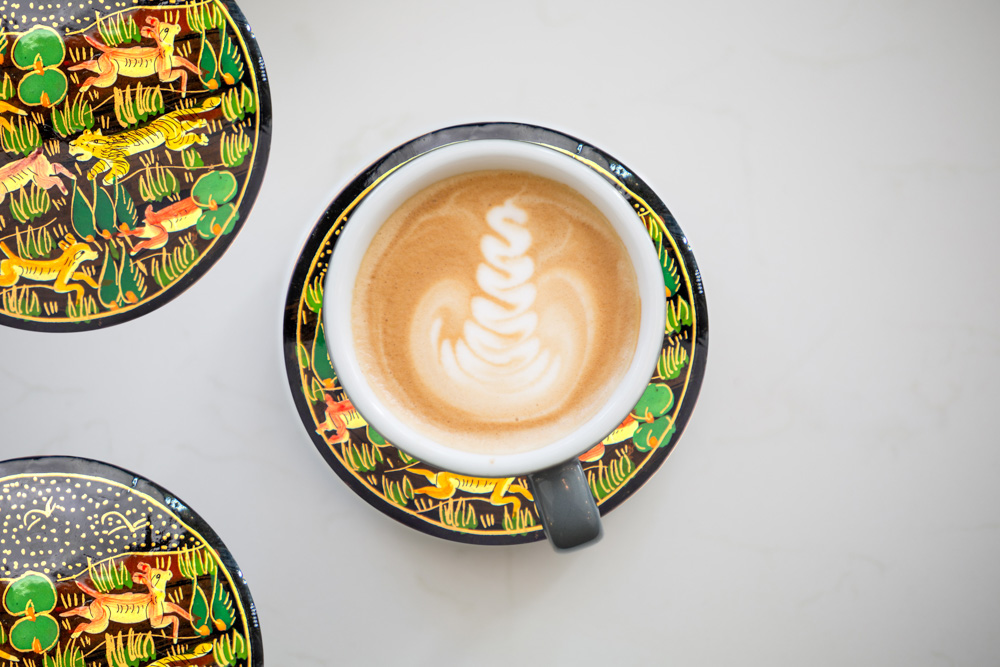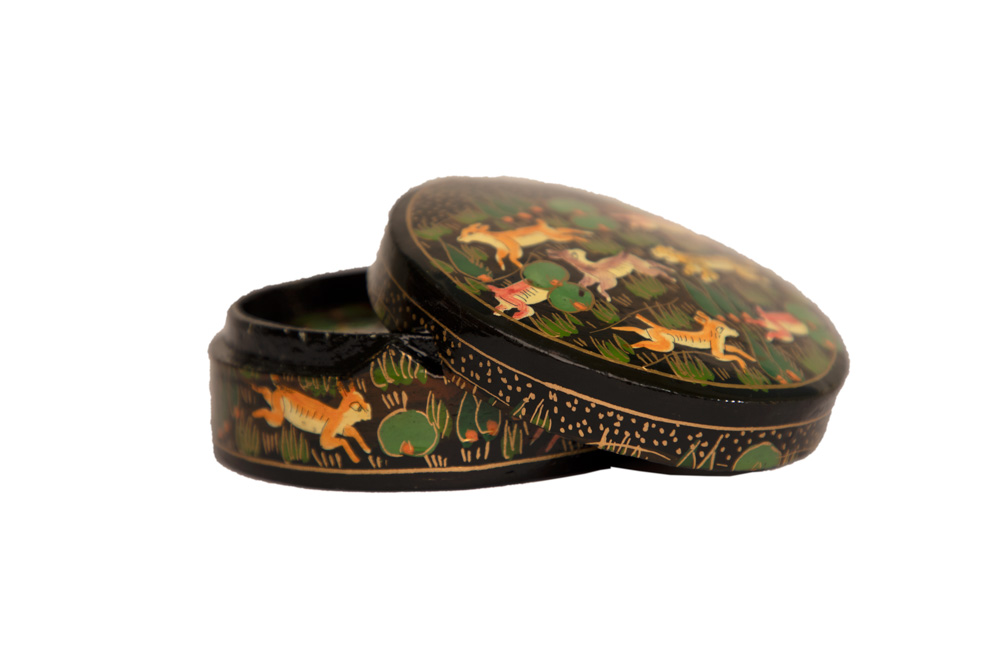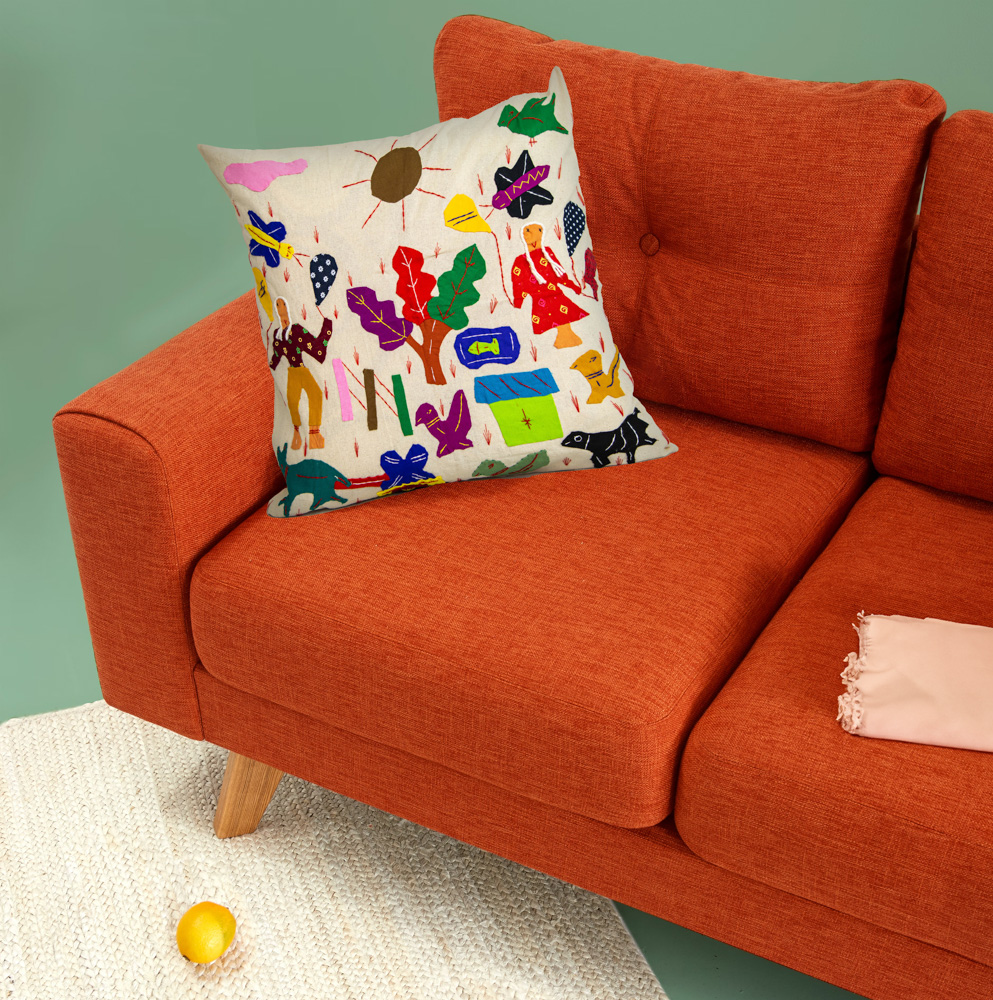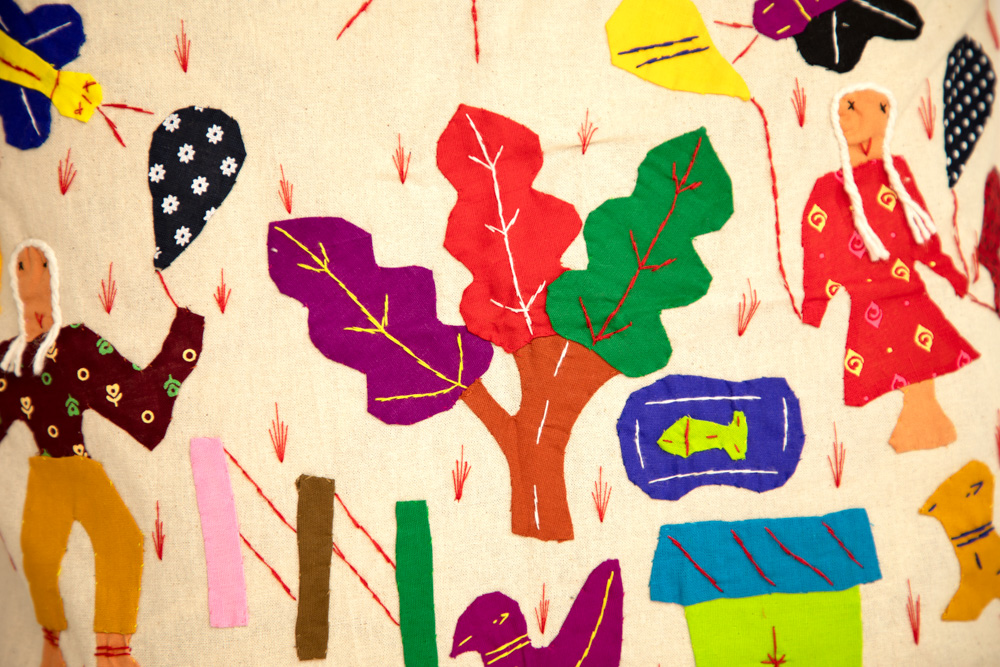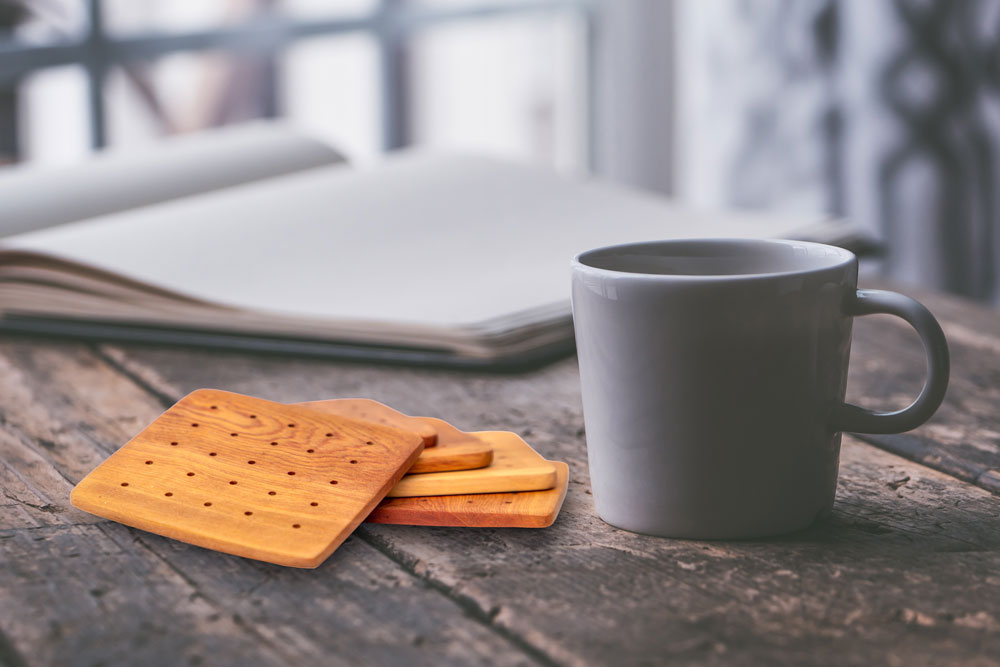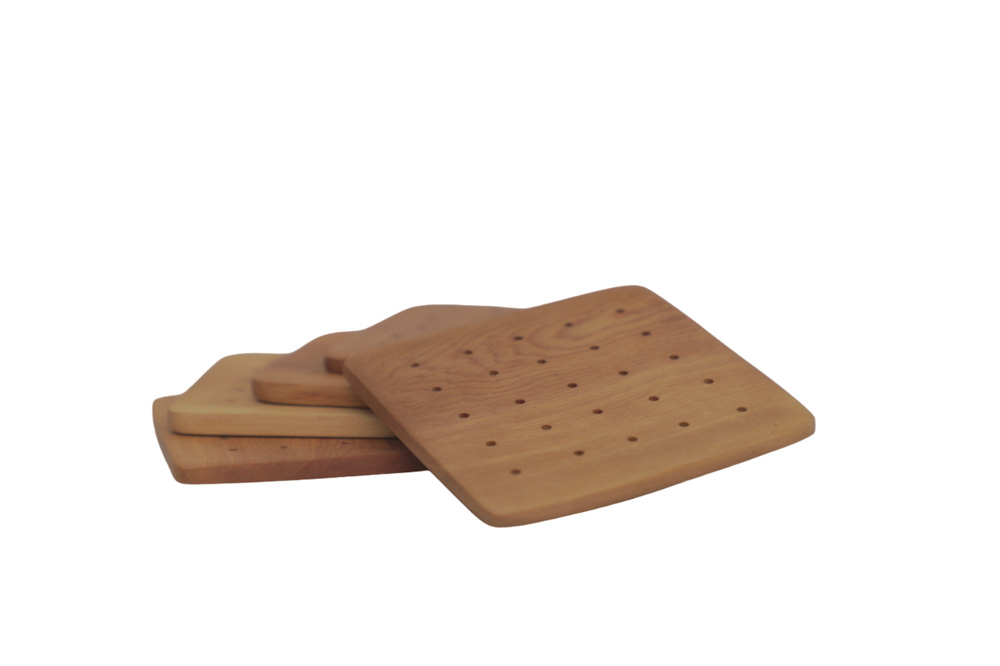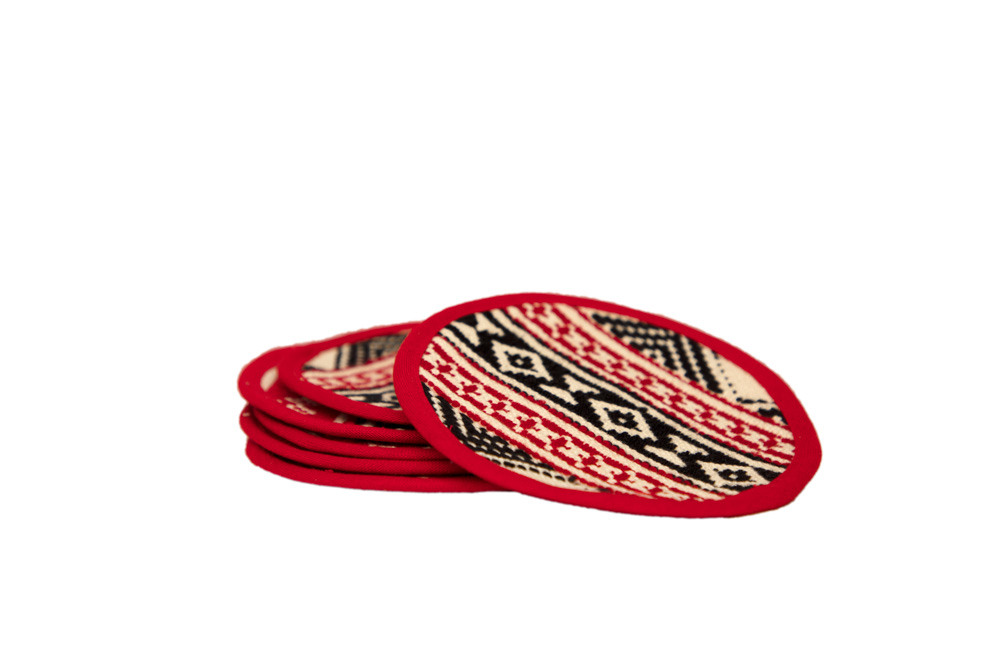Description
Elevate your drinking experience with the artistry of paper mache, originating from Kashmir, India. Each coaster is meticulously handcrafted by skilled artisans, using a blend of paper pulp, adhesive, and natural dyes to create stunning works of art. Whether you’re looking to add a touch of elegance to your home decor or searching for the perfect gift for a loved one, our paper mache coasters are sure to delight.
